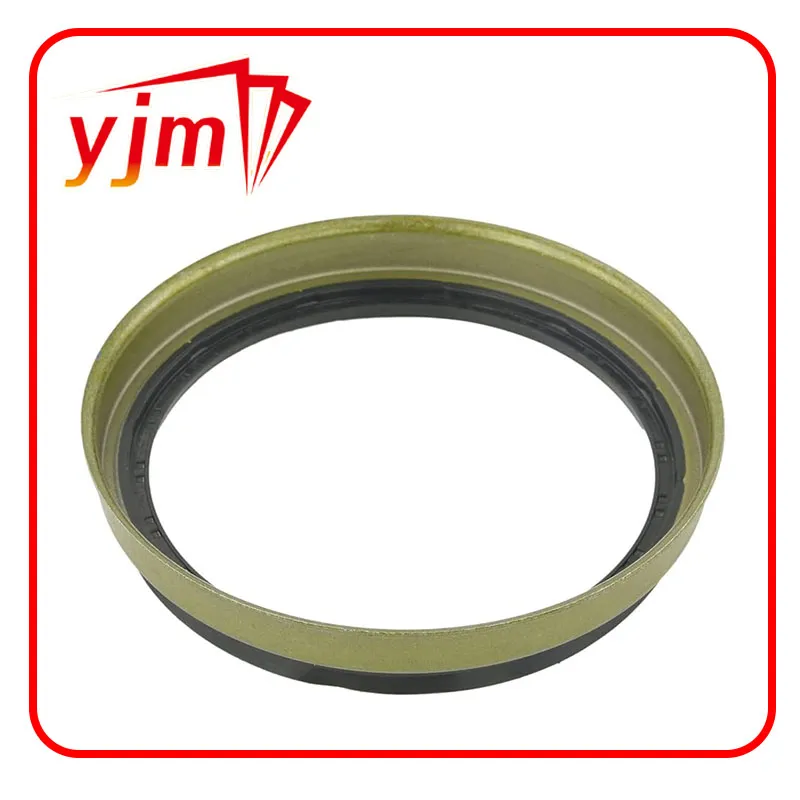oil filter housing gasket
The Importance of Oil Filter Housing Gaskets in Engine Performance
The oil filter housing gasket may seem like a small and inconsequential component within an engine’s system, but its role is critical to ensuring the overall performance and longevity of the engine. Understanding what this gasket does, as well as its importance, can help vehicle owners appreciate the need for regular maintenance and potential replacements.
What is an Oil Filter Housing Gasket?
An oil filter housing gasket is a sealing component that fits between the oil filter housing and the engine block or the oil filter itself. Its primary function is to create a tight seal that prevents oil leaks as oil flows from the engine through the oil filter. This is vital, as any leakage can lead to a drop in oil levels, which can subsequently cause various engine problems, including overheating and increased wear on engine parts.
The Function of the Gasket
The main purpose of the oil filter housing gasket is to maintain a secure seal under varying temperatures and pressures. Engines operate in a dynamic environment where thermal expansion and contraction occur frequently. An effective gasket needs to withstand these fluctuations without losing its integrity. Moreover, it must also resist the corrosive properties of engine oil and other contaminants that might be present in the oil system.
Signs of a Failing Oil Filter Housing Gasket
Identifying the signs of a failing oil filter housing gasket is crucial to preventing serious engine damage
. Common symptoms include1. Oil Leaks If you notice oil pooling under your vehicle, it could indicate a leak from the oil filter housing. 2. Low Oil Levels Regularly checking the oil levels will help you detect if oil is disappearing faster than usual. 3. Engine Overheating Inadequate oil levels can lead to overheating, as oil plays a critical role in lubricating the engine.
oil filter housing gasket

Addressing these signs promptly can save vehicle owners considerable time and money in repairs.
The Installation Process
Installing a new oil filter housing gasket is relatively straightforward, but it requires careful attention. The following steps outline the process
1. Preparation Ensure the engine is cool. Gather the necessary tools and materials, including a new gasket, wrench set, and clean rags. 2. Removal Disconnect the oil filter from the housing and clean the mating surfaces thoroughly to prevent debris from getting into the engine.
3. Installation Place the new gasket onto the oil filter housing, ensuring it sits flush. Reattach the oil filter firmly but avoid over-tightening, which can distort the gasket.
4. Final Check Once everything is secured, run the engine for a few minutes and check for leaks.
Conclusion
The oil filter housing gasket plays a pivotal role in any engine's health and efficiency. Regular maintenance, including the inspection and replacement of this gasket, can help prevent costly repairs down the line. Vehicle owners should remain vigilant for any signs of wear or damage and be proactive in addressing issues as they arise.
While they may not be the most glamorous component of an engine, oil filter housing gaskets are essential for ensuring that the engine can perform at its best. In the world of automotive care, it is often the small details that make the biggest difference, and paying attention to components like the oil filter housing gasket is fundamental in the quest for optimal engine health. Regular checks can go a long way in ensuring your vehicle remains in excellent condition, ultimately enhancing your driving experience and extending the lifespan of your engine.
-
Understanding Different Types of Oil Drain Plugs: A Comprehensive Guide
News Jun.27,2025
-
The Role of Nylon Washers in Oil Drain Maintenance: A Practical Guide
News Jun.27,2025
-
The Essential Guide to Drain Plug Washers: Types, Uses, and Best Practices
News Jun.27,2025
-
Everything You Need to Know About Washer and Plug Sealing: Polaris-Specific and General Tips
News Jun.27,2025
-
A Comprehensive Guide to Different Types of Oil Drain Plugs for Efficient Maintenance
News Jun.27,2025
-
A Complete Guide to Oil Drain Plug Washers: Tridon and Euro Car Parts Solutions
News Jun.27,2025
-
Understanding Oil Drain Plugs: Types, Issues, and Replacements
News Jun.26,2025
Products categories















